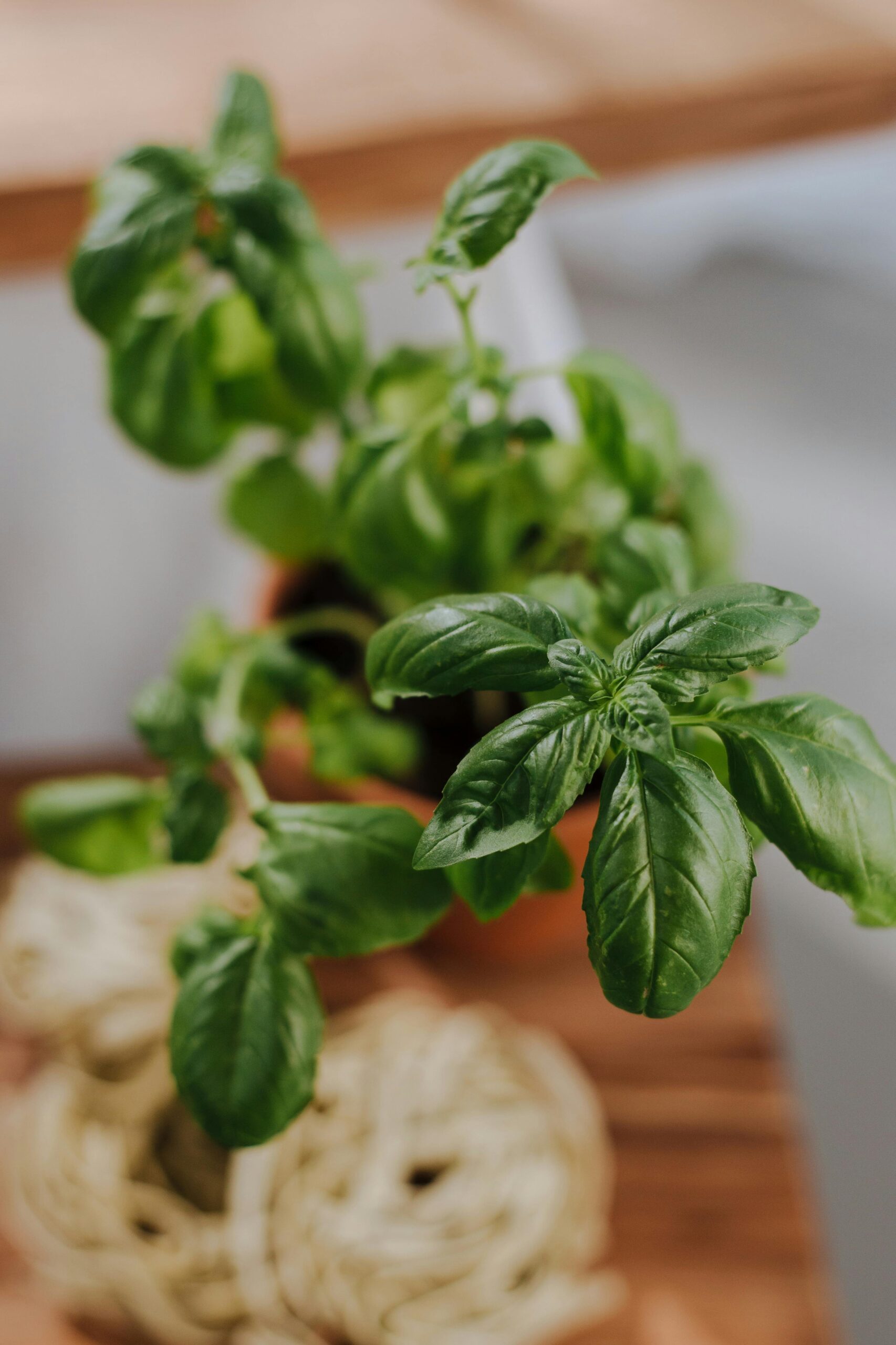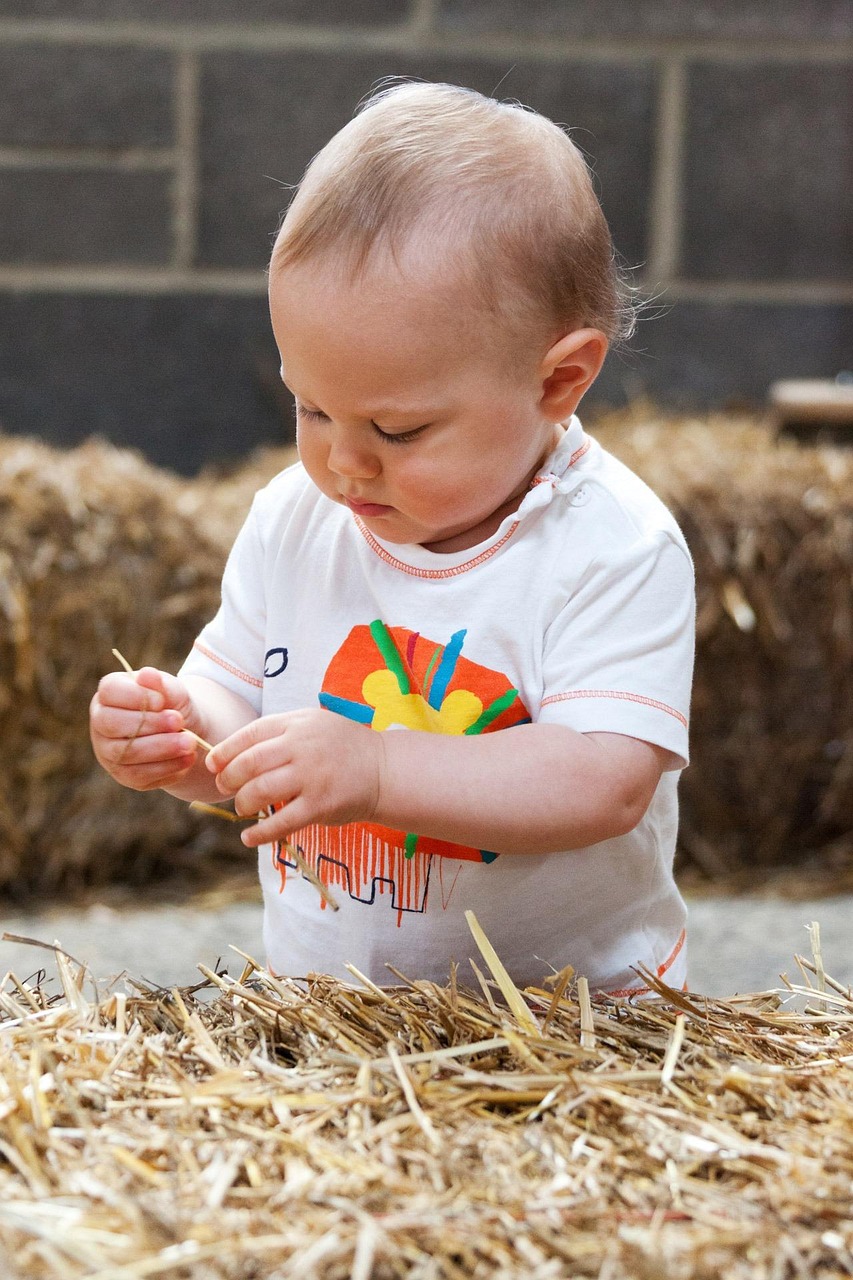Growing herbs indoors is one of the easiest and most rewarding ways to bring greenery into your home while enhancing your cooking and overall well-being. Not only do fresh herbs elevate the flavor of your meals, but they also offer numerous health benefits, add beauty to your space, and create a calming atmosphere. Whether you have a green thumb or are just starting out, indoor herb gardening is accessible to all. Here’s why you should consider growing herbs indoors – plus simple tips to get started.
1. Fresh, Flavorful Ingredients Year-Round
Nothing compares to the vibrant flavor of freshly picked herbs. Growing your own basil, mint, or rosemary allows you to enjoy their full potency at any time, even during winter months when outdoor gardening isn’t possible.
How to Get Started:
- Choose herbs you frequently use in cooking, such as parsley, cilantro, or thyme.
- Position your herbs in a sunny windowsill that receives 6-8 hours of light daily.
2. Cost-Effective
Buying fresh herbs from the store can add up, especially since many store-bought bundles go to waste before you can use them all. Growing your own eliminates waste and saves you money in the long run.
How to Get Started:
- Purchase starter plants or seeds. Herbs like basil, chives, and oregano grow quickly and easily indoors.
- Use recycled containers or small pots to keep costs low.
3. Natural Air Purifiers
Herbs like lavender, mint, and rosemary not only smell wonderful but also help purify the air by absorbing toxins and releasing oxygen. This improves indoor air quality and creates a fresher living environment.
How to Get Started:
- Place herbs around your home in various rooms to enjoy their air-purifying benefits.
- Regularly mist your herbs to keep leaves dust-free and promote better growth.
4. Stress Relief and Mental Wellness
Gardening has been shown to reduce stress, improve mood, and promote mental clarity. Tending to your herb garden can be a calming, meditative practice that helps you unwind.
How to Get Started:
- Start with soothing herbs like chamomile, lavender, or lemon balm.
- Dedicate time each morning or evening to water and care for your plants.
5. Compact and Space-Saving
Herbs don’t require much space, making them ideal for apartments, small kitchens, or limited outdoor areas. A small countertop, shelf, or hanging planter can easily hold a thriving herb garden.
How to Get Started:
- Use vertical planters or wall-mounted shelves to maximize space.
- Grow multiple herbs in a single large container, spacing them evenly.
6. Enhanced Nutrition
Fresh herbs are rich in antioxidants, vitamins, and minerals that boost your health. Incorporating herbs like parsley, cilantro, and basil into your meals enhances flavor while providing a nutritional punch.
How to Get Started:
- Grow a mix of culinary herbs known for their health benefits, such as oregano (antibacterial) or mint (digestive aid).
- Harvest and add to salads, teas, and main dishes regularly.
7. Reduces Food Waste
With store-bought herbs, you often end up throwing away unused portions. Growing your own means you can harvest just what you need, reducing kitchen waste.
How to Get Started:
- Pick herbs in small amounts as needed. Regular pruning encourages more growth.
- Store extra cut herbs by drying or freezing them for later use.
8. Decorative and Aesthetic Appeal
Indoor herb gardens add a vibrant, lush touch to your kitchen or living space. Beautiful green leaves in charming pots can brighten up even the smallest of spaces.
How to Get Started:
- Choose decorative pots that complement your kitchen or home decor.
- Use mason jars, ceramic pots, or hanging planters for added aesthetic appeal.
9. Educational for Kids and Family
Teaching children to grow herbs is a fun and educational activity that instills responsibility and connects them to nature. It’s also a hands-on way to introduce gardening basics.
How to Get Started:
- Involve kids by letting them choose their own herbs to grow.
- Assign small tasks like watering and monitoring growth.
10. Sustainability and Eco-Friendliness
Growing herbs at home reduces reliance on plastic-packaged herbs and lowers your carbon footprint. It’s a simple yet impactful way to embrace sustainable living.
How to Get Started:
- Use organic seeds or plants.
- Repurpose jars, cans, or other recyclable containers for planting.
Getting Started: Simple Indoor Herb Garden Setup
Ready to start your herb garden? Here’s a quick checklist:
- Choose Your Herbs – Start with basil, mint, chives, or parsley for easy growth.
- Pick the Right Spot – Select a windowsill or table that gets 6-8 hours of sunlight daily.
- Select Containers – Use pots with drainage holes or small planters.
- Water and Care – Water lightly when the soil feels dry. Avoid overwatering.
- Harvest and Enjoy – Snip herbs regularly to encourage further growth.
Conclusion
Growing herbs indoors is an easy, cost-effective, and rewarding way to improve your health, add flavor to meals, and enhance your home’s atmosphere. Whether you’re a novice gardener or a seasoned pro, incorporating herbs into your living space can provide endless benefits.
Call to Action:
Ready to get started? Pick up a few herb plants or seeds today and transform your kitchen into a thriving herb garden! Share your indoor herb gardening tips in the comments below and subscribe for more home gardening advice.




Leave a Reply